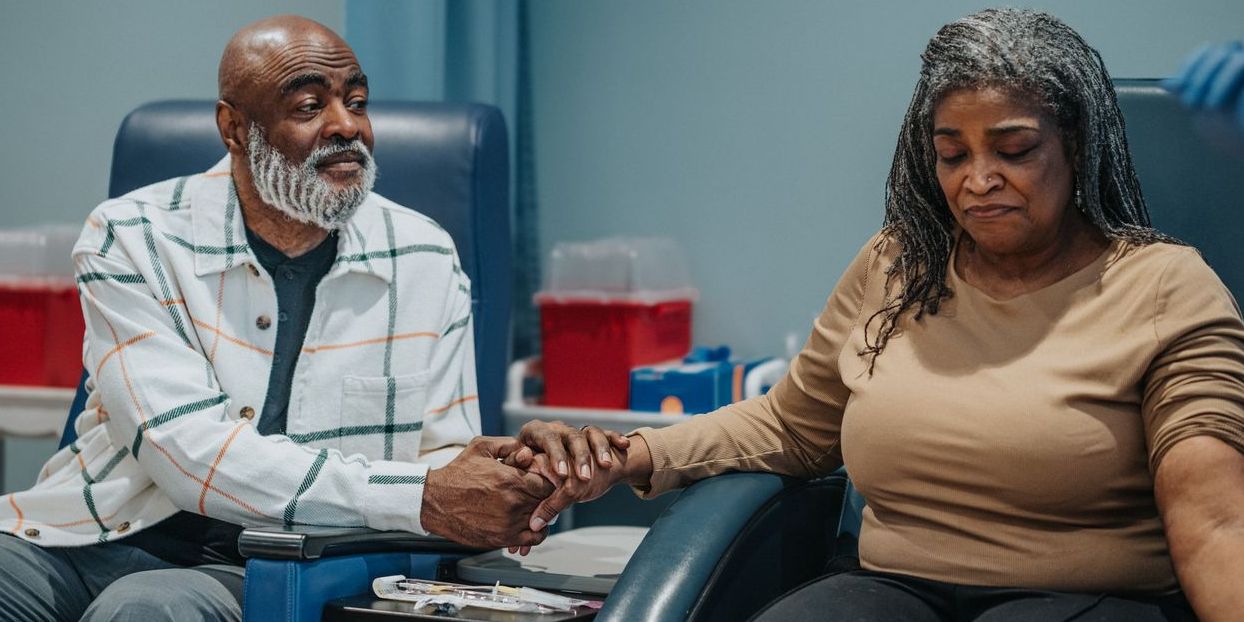The following is a summary of “Association between social determinants of health and time to treatment for newly diagnosed multiple myeloma,” published in the 2024 ASCO Annual Meeting under the issue of Oncology by Gasoyan et al.
Researchers conducted a retrospective study to assess the prevalence and factors influencing delayed access to expensive anti-myeloma therapies in patients with newly diagnosed multiple myeloma (NDMM).
They utilized the Myeloma Patient Registry at Taussig Cancer Center, identifying adults diagnosed with NDMM (January 1, 2017, to December 31, 2021). Data from electronic health records captured firstly the duration from initial diagnosis to receiving an FDA-approved anti-myeloma agent, with and without corticosteroids, the time taken for the initial prescription fill of an FDA-approved anti-myeloma drug without corticosteroids, and at last the correlation between race, gender, primary insurance type, area deprivation index (ADI), urbanicity, and time taken for the initial fill of an anti-myeloma drug without corticosteroids. The latter was analyzed using cumulative incidence at 30 days post-initial diagnosis, employing the log-rank test and a multivariable Cox regression model.
The results showed 723 patients with an average age of 67 years ±11. 55% were male, 77% White, 22% Black, and 1% other races. Private insurance (36%), traditional Medicare (28%), Medicare Advantage (25%), Medicaid (8.4%), and self-pay/other (1.8%) were all covered. The median follow-up was 784 days (IQR 415, 1313), 37% of patients lived in the most disadvantaged ADI quartile, and 83% resided in metropolitan areas. The median time to anti-myeloma treatment receipt was 10 days (IQR 2, 24) with corticosteroids and 18 days (IQR 8, 37) without corticosteroids. The median time to initial prescription fill for anti-myeloma drugs, excluding corticosteroids, was 31 days (IQR 16, 75). At 30 days, the cumulative incidence of prescription fill for anti-myeloma drugs excluding corticosteroids was 40% in White individuals, 28% in Black patients, and 17% in other races (P=.009) [adjusted HR for Black patients (v. White), 0.63]. The rates varied among different insurance types: 31% for traditional Medicare, 37% for Medicare Advantage, 44% for Private Insurance, 34% for Medicaid, and 31% for self-pay/other insurance (P=.07) [aHR for private insurance (v. traditional Medicare), 1.41]. Prescription fill rates varied by treatment location: 40% at Taussig Cancer Center and 25% at regional hospitals (P=.003) [aHR for regional hospitals, 0.59].
Investigators concluded that social and demographic factors influenced the time to receive anti-myeloma medications, highlighting the need for future studies on how precertification and costs impact treatment delays.



















Create Post
Twitter/X Preview
Logout